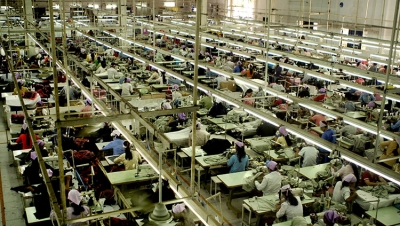Coupling Labor Codes of Conduct and Supplier Labor Practices: The Role of Internal Structural Conditions

Key Insights for Managers
After conducting social audits of their global supply chain factories, brands learn how well they are currently meeting their code-of-conduct standards governing working hours, minimum wages, occupational health and safety practices, and environmental management practices. But which of these factories will improve their working conditions by the time the auditors return the next time?
This article by Yanhua Bird, Jodi Short, and Michael Toffel reveals three factors, all of which are observable during an audit, that predict which factories will exhibit greater improvement in their working conditions: (1) unionized factories, (2) factories certified to management system standards such as ISO 9001 and ISO 14001, and (3) factories that avoid compensating workers using piece-rate payment. Suppliers with a higher proportion of female workers or migrant workers also exhibit greater improvement. These results are based on regression analysis of more than 8,000 code-of-conduct audits of more than 3,000 supplier factories across 55 countries. All of these audits were based on a single code of conduct, and all of the audits were conducted by a single major social audit firm during 2012-2015.
